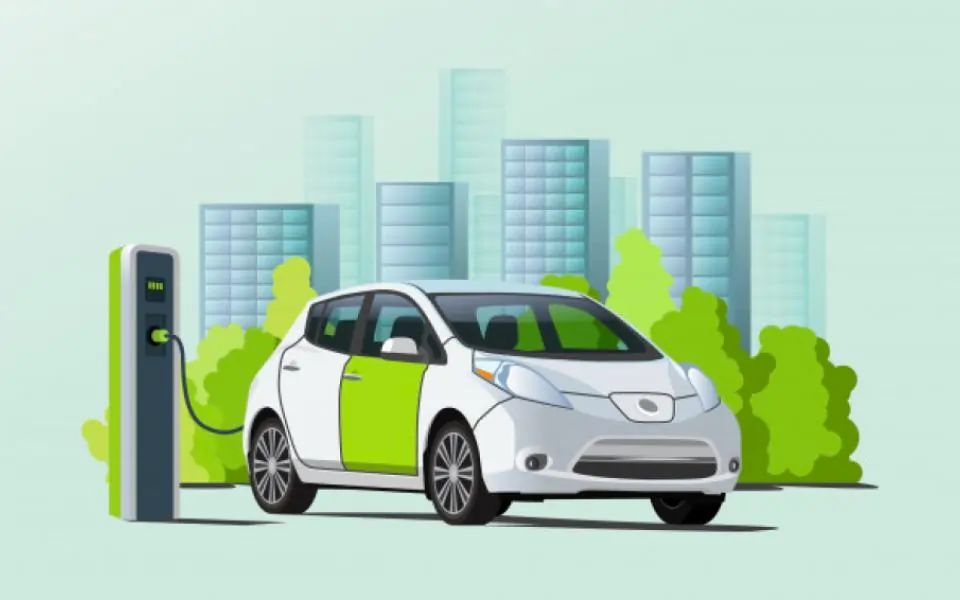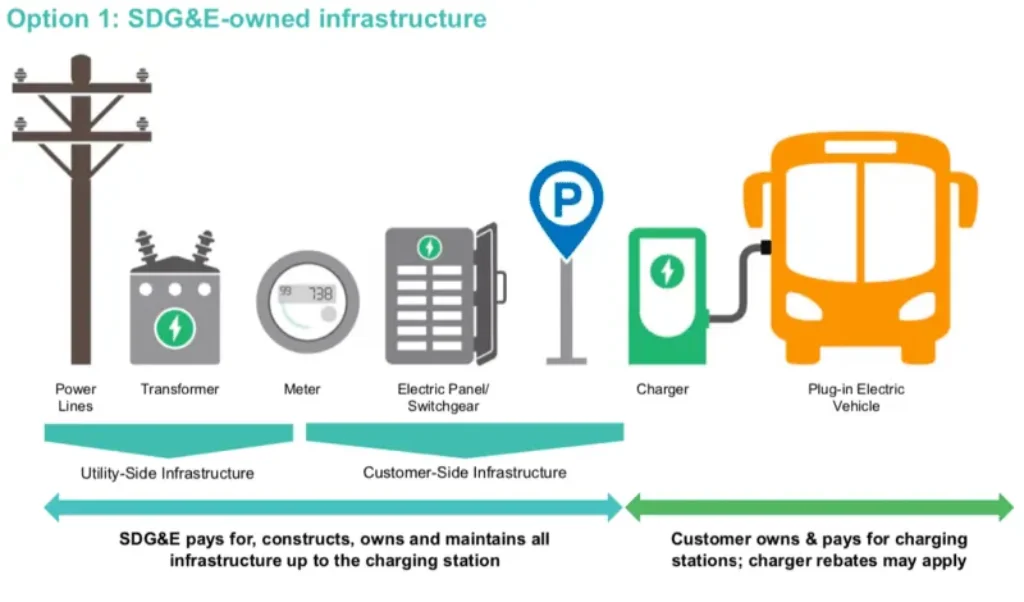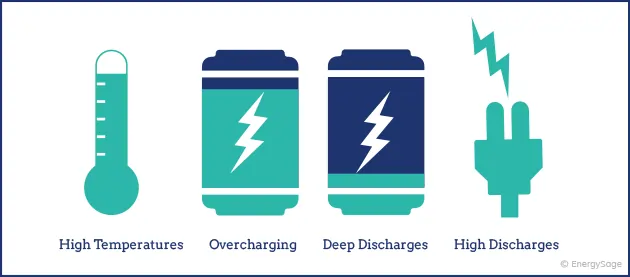
The expansion of electric vehicles (EVs) within India’s taxi and shared mobility sector has gained momentum thanks to supportive government policies and incentives.
Both central and state-level programs offer financial advantages to fleet operators incorporating EVs into their operations, thereby promoting the adoption of these eco-friendly vehicles. This underscores the significance of “EV Policy Incentives for Taxi/Fleet Operators” in the industry.
This comprehensive guide examines the types of EV incentives available for taxis, corporate fleets, delivery operators, and other commercial buyers in India. We’ll also analyze the effectiveness of current incentives and look ahead to future opportunities.
Table of Contents
Overview of Fleet EV Incentives

The high upfront cost of EVs has been an adoption barrier, especially for price-sensitive fleet operators who buy vehicles in volume. That’s why federal and state governments have introduced various incentives to accelerate EV purchases by these commercial buyers.
Benefits offered include:
- Direct purchase subsidies
- GST rate cuts
- Registration and road tax waivers
- Discounted electricity rates
- Additional non-financial perks
These incentives can reduce the acquisition cost gap between EVs and petrol/diesel vehicles. A faster payback period can be achieved when coupled with lower EV operating costs.
Look at some key incentive programs for taxis, delivery, and other commercial fleets.
Central Government Programs for EV Policy Incentives for Taxi/Fleet Operators
FAME II Subsidies
The center’s FAME II scheme offers subsidies on eligible EVs through 2024:
- Rs.50,000 per e-three-wheeler
- Rs.30,000 per e-four-wheeler taxi
EV fleets doing scrappage and buying new EVs also get:
- 15% subsidy on e-three-wheelers
- 10% subsidy on e-four-wheelers
This directly reduces the initial cost of transitioning to EVs.
GST Rate Cuts
The GST Council has lowered taxes on EVs:
- EVs are taxed at 5% GST versus 28% for petrol/diesel vehicles
- EV chargers have an 18% GST rate
The 5% rate notably applies to ride-hailing vehicles used for intra-state passenger transport.
EESL Procurement Programs
Energy Efficiency Services Limited (EESL) purchases EVs in bulk and leases them to government entities and fleet operators. This enabled early electrification of government, taxi, and delivery fleets without large upfront investment.
State-Level Incentives
Several states offer additional incentives like:
Delhi EV Policy:
- Vehicle registration and road tax exemptions
- Faster 25% depreciation rate for EVs
- Low-interest EV loans via IREDA
- 100% exemption on EV battery registration fees
And for e-cabs:
- Rs.30,000 subsidy per e-cab over central subsidy
- Waiver on permit fees for e-cabs
- Incentive per km for e-cabs
Maharashtra Incentives:
- 100% exemption on road tax and registration
- 25% subsidy on applicable GST rates
- Discounted EV charging infrastructure
Gujarat EV Policy:
- 15% subsidy on vehicle invoices up to ₹5 lakh
- 5% interest subvention on EV loans
- 100% road tax and registration fee waiver
- Lower EV charging tariffs
Effectiveness of Current Incentives

The incentives enacted have proven moderately effective at driving early fleet EV adoption:
- EESL’s programs enabled government and operator electrification.
- Direct subsidies reduced upfront costs at scale.
- GST cuts lowered costs across the ecosystem.
- States enhanced central efforts with tax waivers.
But challenges remain:
- Limited financing support to assure operators of operating costs.
- Poor awareness of available incentives.
- A patchwork of state policies needs to be clarified.
Continued incentives will be key to mass adoption despite the limitations so far.
Future Outlook and Opportunities
Some challenges and opportunities that will impact future incentive effectiveness:
Challenges:
- Budget constraints affecting future subsidy outlays.
- Operators postponing buys until more charging exists.
- Lack of larger EV options beyond cars and two-wheelers.
- Uncertainty around state policy extensions.
Opportunities:
- Innovative financing models to supplement purchase subsidies.
- India can lead in incentive policy design and implementation.
- Well-designed incentives provide social benefits and equitable adoption.
- Policy stability builds operator confidence for long-term commitments.
- Charging investments must be accelerated to match EV rollout.
Both government and private sector collaboration will be vital to maximize incentives through holistic policies spanning financing, charging, and more.
In summary, key points on EV incentives for taxi and delivery fleets in India:
- Direct subsidies, tax cuts, and waivers improve the economy.
- Innovative programs drove initial government and operator adoption.
- State policies provide additional incentives.
However, sustained incentives remain crucial for commercial viability at scale. - Financing and charging support are also needed to unlock mass adoption.
- Long-term policy stability and public-private partnerships are key success factors.
While current incentives have facilitated the beginning of an e-mobility transition, continued efforts are essential to achieve mainstream EV adoption at scale among India’s vast commercial fleets.







